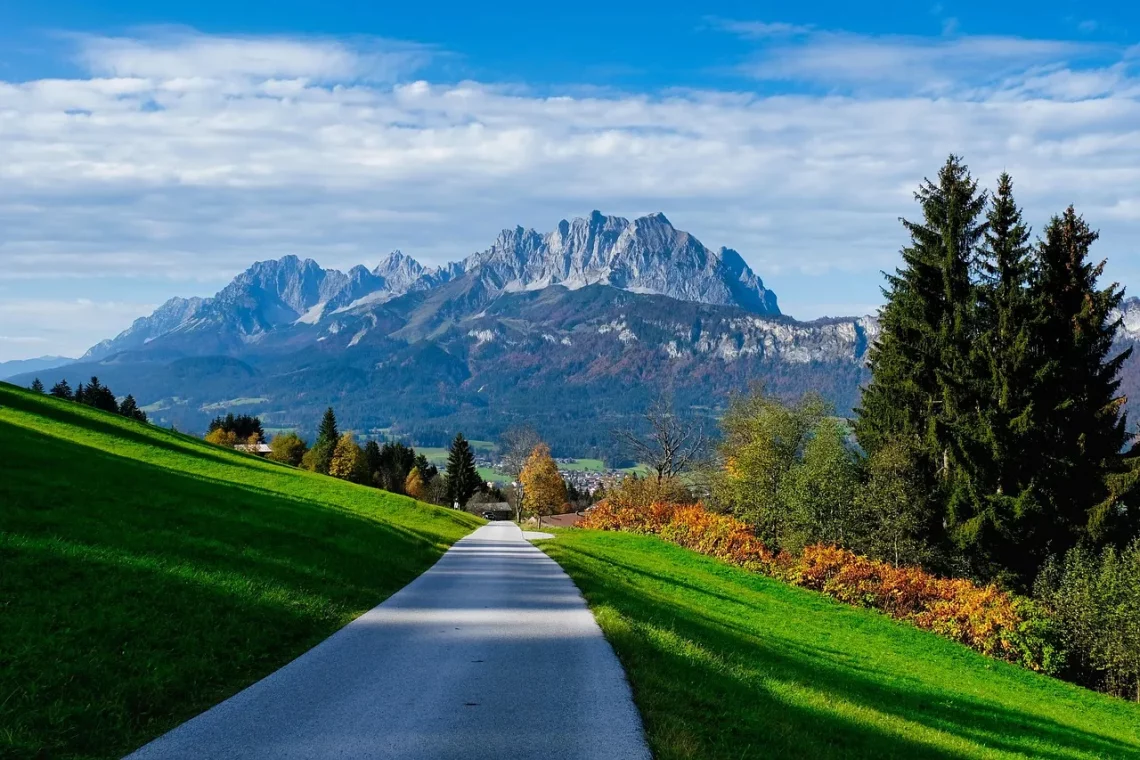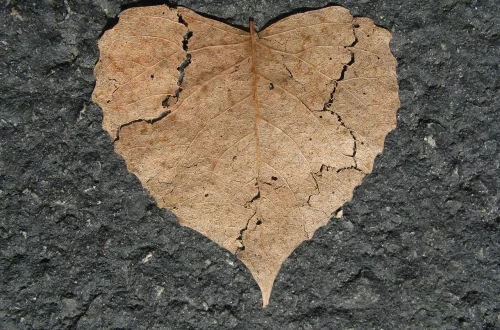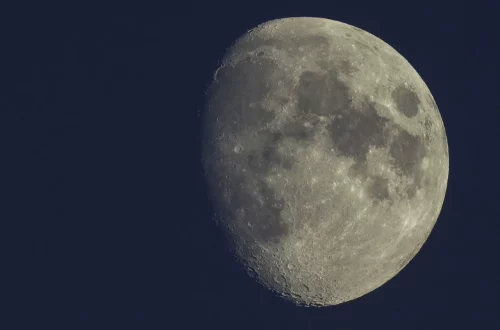
Exploring the Versatility of Dye Powder in Creative Projects
The world of creative projects is vast and varied, offering countless opportunities to express individuality and imagination. Among the many materials available to artists and crafters, dye powder stands out due to its incredible versatility. Whether you’re a professional artist or a DIY enthusiast, dye powder can transform your ideas into vibrant reality. This fine substance allows for a myriad of applications, ranging from fabric dyeing to paper crafting, and even art techniques such as watercolor and resin art.
The appeal of dye powder lies not only in its ability to produce stunning colors but also in its adaptability to different mediums and techniques. Artists can experiment with mixing colors, creating gradients, or even using dye powder in combination with other materials for unique effects. Furthermore, the ease of use and accessibility of dye powders make them an excellent choice for projects of all sizes, whether it’s for a large-scale installation or a simple home craft. As we delve into the various aspects of dye powder, we will uncover the numerous ways in which it can be integrated into creative endeavors, highlighting both traditional and contemporary methods.
Understanding Different Types of Dye Powders
Dye powders come in several varieties, each tailored to specific applications and mediums. Understanding these types can significantly enhance the creative process, allowing artists to choose the most suitable dye for their projects. The most common types of dye powders include fiber reactive dyes, acid dyes, and natural dyes.
Fiber reactive dyes are primarily used for cotton and other plant-based fibers. They form a chemical bond with the fiber, resulting in vibrant and long-lasting colors. These dyes are popular in fabric dyeing, especially for tie-dyeing and batik techniques. They are also known for their ease of use, as they typically require no special equipment or expertise. Artists can mix these dyes with water to create different shades, offering a broad spectrum of color options.
Acid dyes, on the other hand, are ideal for protein fibers such as silk and wool. These dyes require an acidic environment to bond effectively, which means they often need to be used with a mordant or acid solution. Acid dyes are known for their brilliant colors and are often employed in textile arts, especially in the creation of rich, multi-dimensional colorways. Artists who work with yarns or fabrics made from animal fibers will find acid dyes to be an excellent choice for their projects.
Natural dyes, derived from plants, insects, and minerals, offer a unique and eco-friendly alternative to synthetic dyes. While they may require more preparation and experimentation, the results can be stunning. Each natural dye produces a different hue depending on the source, extraction method, and the substrate used. Artists interested in sustainable practices often gravitate towards natural dyes, as they provide a connection to nature and a deeper understanding of the materials.
In conclusion, understanding the various types of dye powders available can empower artists to make informed choices in their creative projects. Each type has its unique characteristics and applications, allowing for a broad range of artistic expression.
Techniques for Using Dye Powder in Textile Arts
Textile arts offer a rich canvas for experimenting with dye powder, and there are numerous techniques that can bring fabrics to life with vibrant colors. Some of the most popular methods include tie-dyeing, shibori, and batik.
Tie-dyeing is a classic technique that involves folding, twisting, or crumpling fabric and securing it with string or rubber bands before applying dye. This method creates striking patterns and is particularly popular in casual clothing and home décor. The beauty of tie-dye lies in its unpredictability, as the dye seeps into the fabric in unexpected ways, resulting in unique designs. Artists can mix different colors and apply them in layers to create even more intricate patterns.
Shibori is a traditional Japanese dyeing technique that involves folding and binding fabric into specific shapes before dyeing it. There are various shibori techniques, such as Arashi (pole-wrapping) and Kumo (spider-web), each producing distinct patterns. This method requires a bit more skill and planning, but the results can be breathtaking, showcasing the intricate interplay of fabric and dye.
Batik is another fascinating textile technique that uses wax to resist dye. Artists apply hot wax to the fabric in desired patterns before immersing it in dye. The wax prevents the dye from penetrating those areas, resulting in a unique contrast between the dyed and undyed portions of the fabric. Once the dyeing process is complete, the wax is removed to reveal the stunning design underneath. Batik is a labor-intensive process that rewards artists with richly detailed and colorful fabrics.
These techniques highlight the versatility of dye powder in textile arts, enabling artists to explore both traditional and contemporary styles. The results can range from casual and playful to sophisticated and intricate, demonstrating the endless possibilities that dye powder offers.
Incorporating Dye Powder in Paper Crafting
Dye powder is not limited to textiles; it can also be a powerful tool in the realm of paper crafting. Artists can utilize dye powder to create vibrant backgrounds, enhance artwork, and even make custom paper. Several techniques can be employed to incorporate dye powder into paper projects.
One popular technique is using dye powder to create watercolor effects on paper. By mixing the dye powder with water, artists can create a liquid solution that can be applied with brushes or droppers. This method allows for vibrant washes of color and the ability to blend shades seamlessly. Artists can experiment with different concentrations of dye to achieve the desired intensity, making it an excellent option for card making, scrapbooking, and mixed-media art.
Another technique involves creating dyed paper using the immersion method. Artists can prepare a dye bath by dissolving dye powder in water and then submerging sheets of paper into the solution. This method produces rich, uniform colors and can be used to create background papers or even custom stationery. The immersion technique is especially effective for creating unique patterns when using multiple colors or layering different dye baths.
Additionally, dye powder can be utilized in the creation of handmade paper. By incorporating dye powder into the pulp mixture, artists can create custom colors for their paper. This technique opens up a world of possibilities for personalized stationery, art prints, and more.
Incorporating dye powder into paper crafting allows artists to explore color and texture in ways that can enhance their projects significantly. The versatility of dye powder means that whether you’re looking to create subtle backgrounds or bold statements, there are techniques available to suit your needs.
Exploring the Artistic Potential of Dye Powder in Mixed Media
The world of mixed media art is all about experimentation and combining various materials and techniques to create unique pieces. Dye powder can play a significant role in this artistic genre, offering a plethora of options for enhancing texture, color, and depth.
One of the most exciting aspects of using dye powder in mixed media is the ability to create depth through layering. Artists can use dye powders to create backgrounds on canvas or boards, then layer additional materials such as acrylic paints, pastels, or even collage elements. The transparent nature of dye powder allows underlying layers to show through, adding complexity and richness to the final artwork.
Dye powder can also be used in conjunction with other media to create texture. For example, artists can mix dye powder with modeling paste or gel medium to create a textured surface that can be painted over or left as is. This technique can add a three-dimensional quality to the artwork, making it more engaging and visually interesting.
Furthermore, artists can explore the technique of pouring dye powder mixed with a medium onto surfaces, allowing it to flow and blend organically. This method can lead to unexpected results, encouraging spontaneity and creativity. The fluidity of the dye combined with the surface tension of other materials can create stunning patterns and effects.
In mixed media, the potential for innovation is limitless. Dye powder serves as a versatile medium that can enhance the overall aesthetic and emotional impact of an artwork. Artists are encouraged to experiment with different combinations and techniques to discover the unique possibilities that dye powder can offer in their creative process.
In summary, dye powder is a remarkable and versatile material that can enhance a wide variety of creative projects. Whether in textile arts, paper crafting, or mixed media, the potential applications are limited only by the artist’s imagination. By understanding the different types of dye powders available and exploring various techniques, artists can unlock new avenues for expression and creativity.
**Disclaimer**: The information in this article is for educational purposes only and should not be considered medical advice. For health-related concerns, always consult a qualified healthcare professional.




